
Cyrus Darabi
I am an innovative and versatile designer, skilled in blending mechanical design, CAD, and prototyping with a strong focus on aesthetics and user experience.

I am an innovative and versatile designer, skilled in blending mechanical design, CAD, and prototyping with a strong focus on aesthetics and user experience.
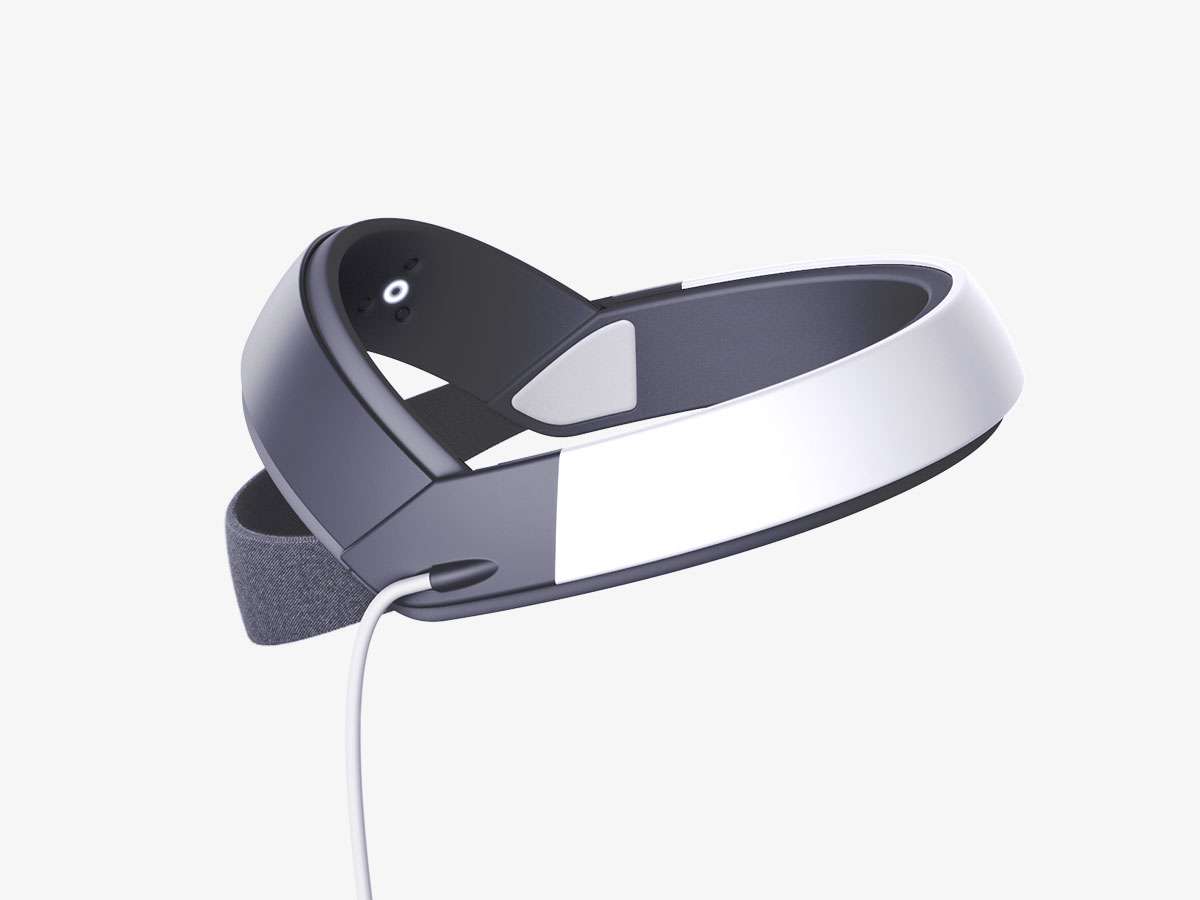
The number of people living with Alzheimer’s is projected to double every 20 years. While current treatments can slow the disease’s progression, they cannot stop it and often cause several uncomfortable side effects. Scientific studies have shown that applying near-infrared light to the brain can stimulate and improve cell health. To address this, Lux has been developed, enabling individuals with Alzheimer’s to receive treatment conveniently at home.
Studies have shown that by applying 810nm wavelength light to the brain, a process called Photobiomodulation (PBM) occurs. PBM stimulates anti-inflammatory, anti-apoptotic, and antioxidant responses, as well as neurogenesis and synaptogenesis, all of which make the brain healthier. When applied to the brain of an individual with Alzheimer’s, symptoms have shown to decrease.

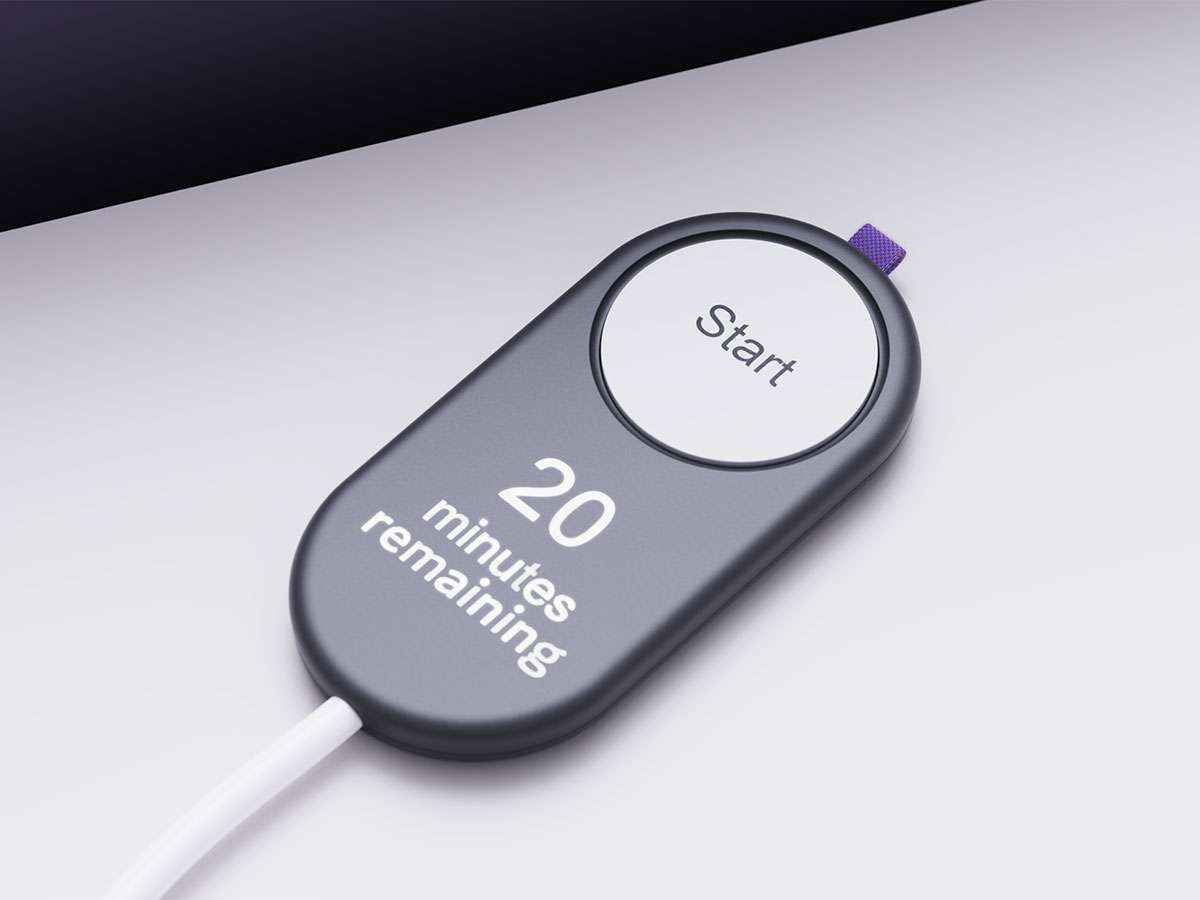
The headset is operated by a wired remote designed with a user-centric approach for older adults. It features a single button to start the device, activating an LED display that shows the remaining time and treatment completion. Both the headset and remote have vibration motors that work with the LEDs to indicate treatment start and end.
Although the device is intended to come in a small, medium, and large size, it was vital that the device could be adjusted so that each user could adjust the headset to the right position, guaranteeing effective treatment. Therefore, a mechanism was developed allowing users to adjust and lock the top headband in the optimal position.
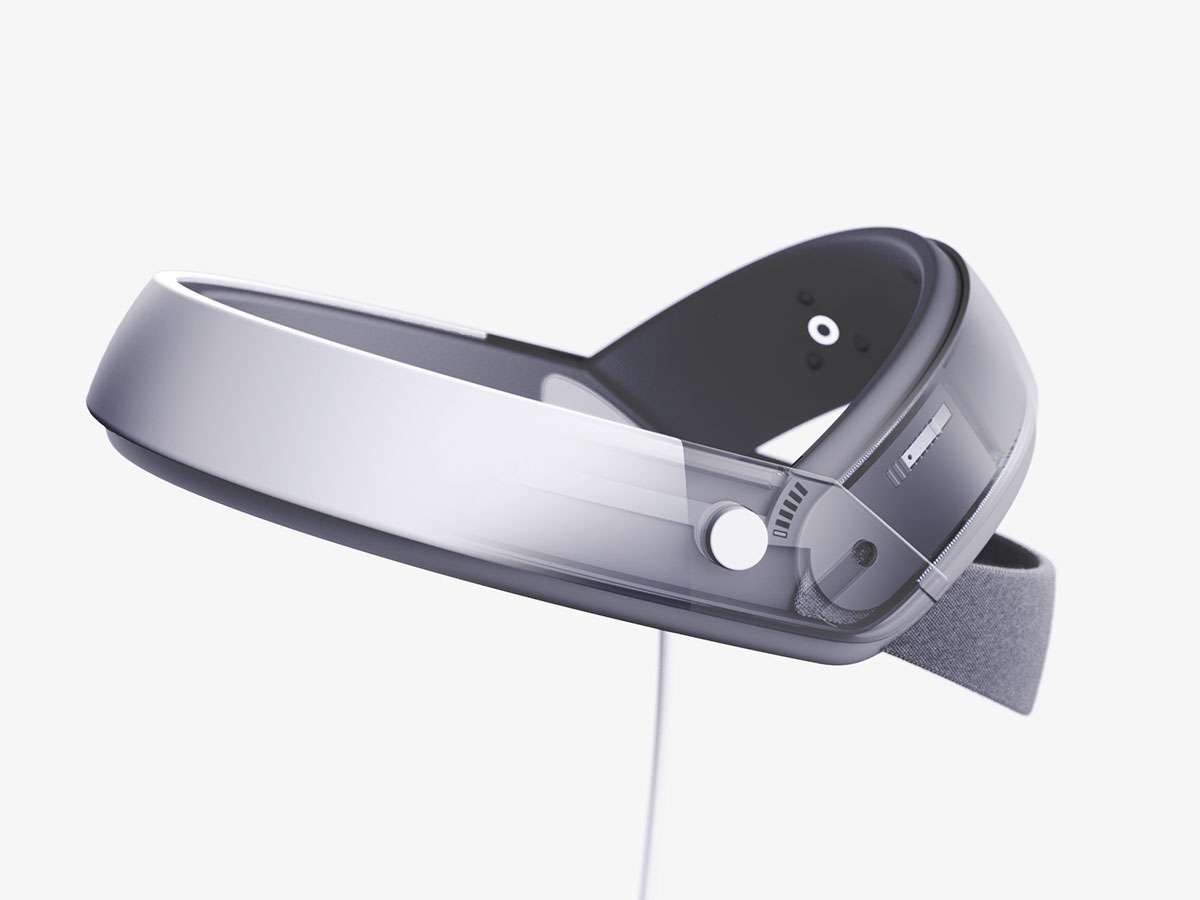
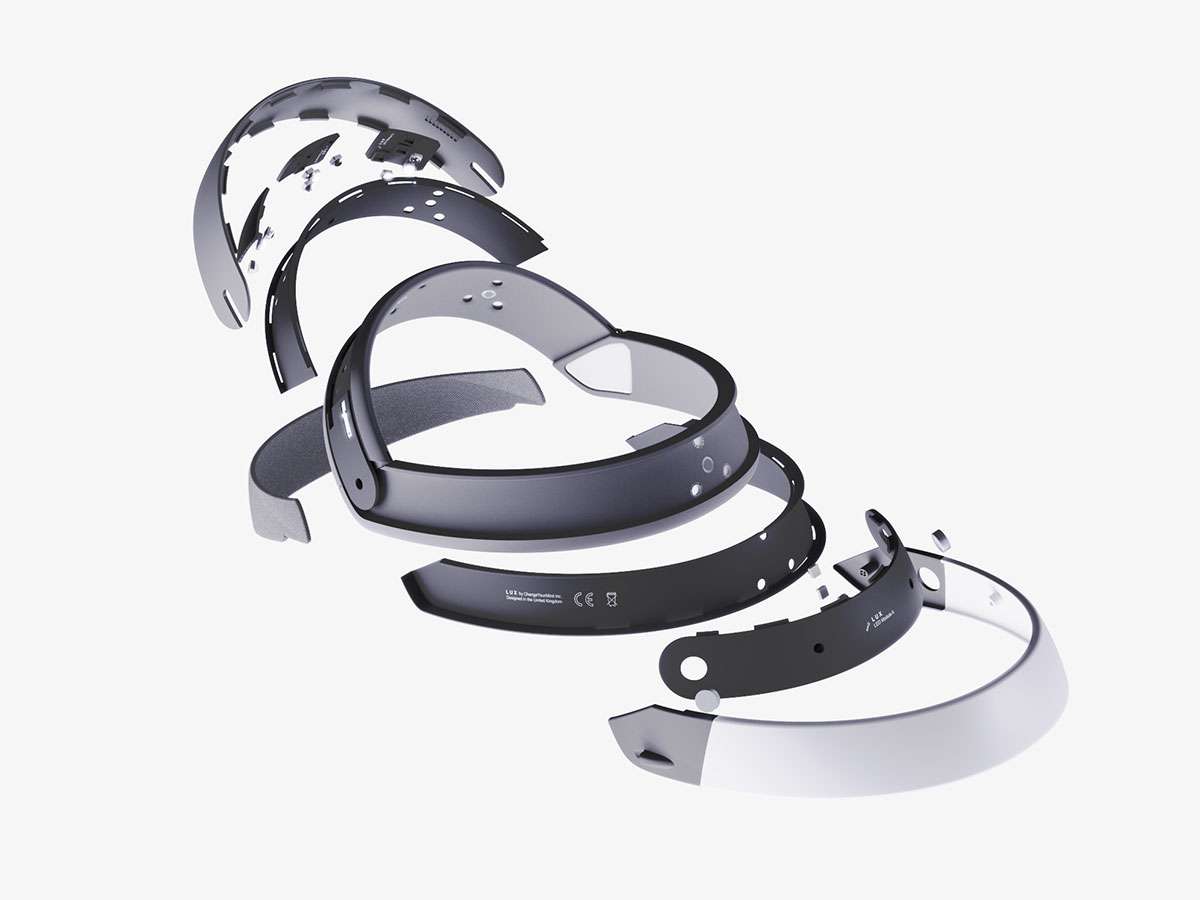
Significant consideration was given to the product’s design for manufacturing and assembly. The headbands utilise snap-fit mechanisms, ensuring that no hardware is exposed to the users. Additionally, the electronics modules are designed for easy replacement, facilitating straightforward repairs if needed.
Several mechanisms were prototyped and refined to create a headset that adjusts in two ways. The top band moves vertically and forward/backward to ensure a comfortable, and proper fit for each user. The forward/backward motion is locked until a button is pressed, allowing a caregiver to set it once for the user, eliminating the need for repeated adjustments.
User testing revealed the need for a more flexible headband to enhance comfort. The final product features thinner plastic bands covered in upholstered foam padding.
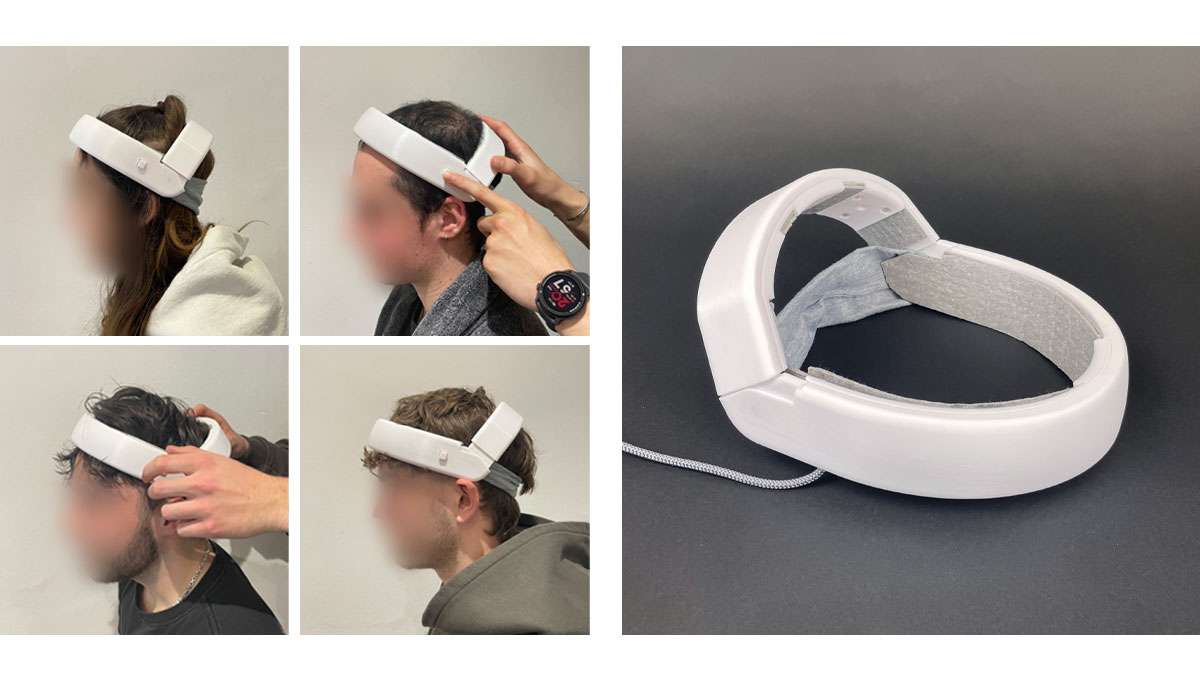
Design Week Brief: Design a powered air filtering product which improves air quality within a context of your choosing.
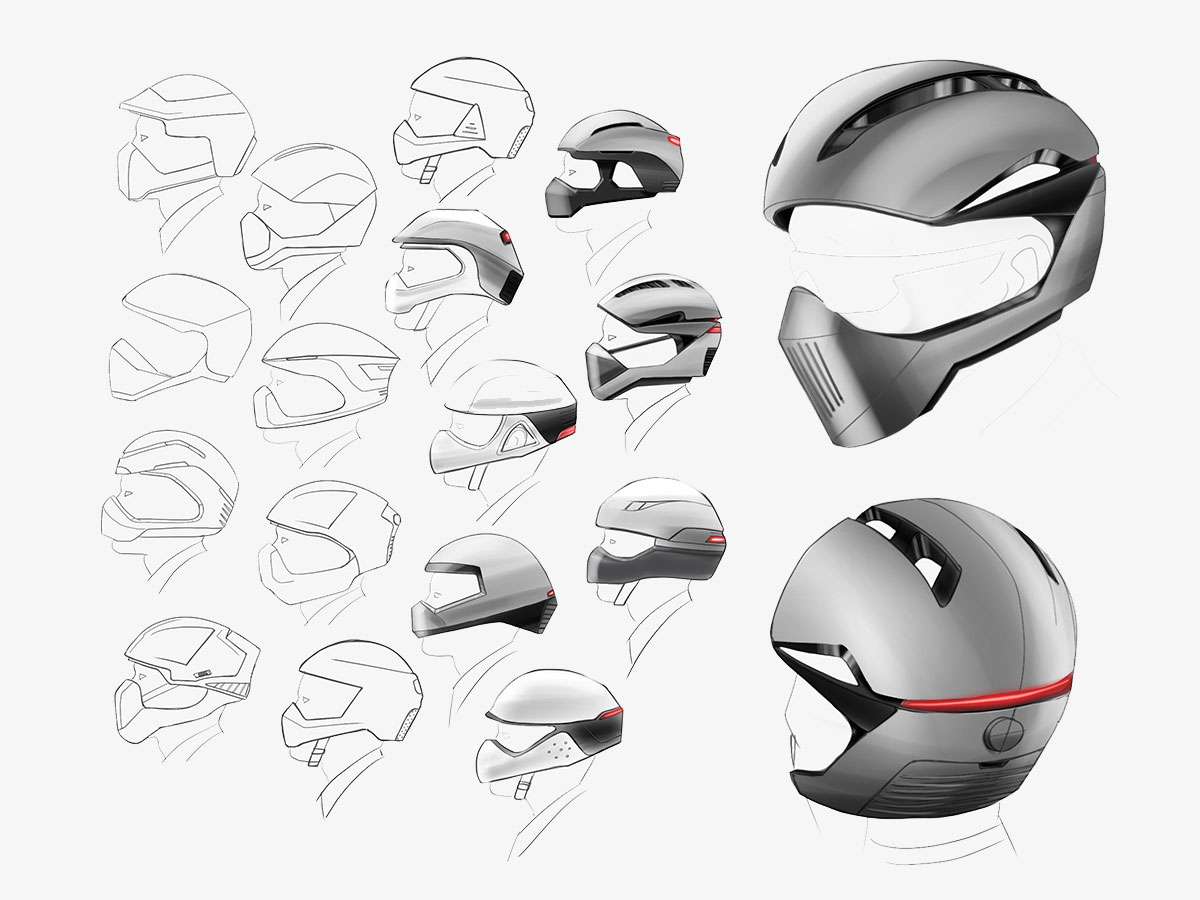
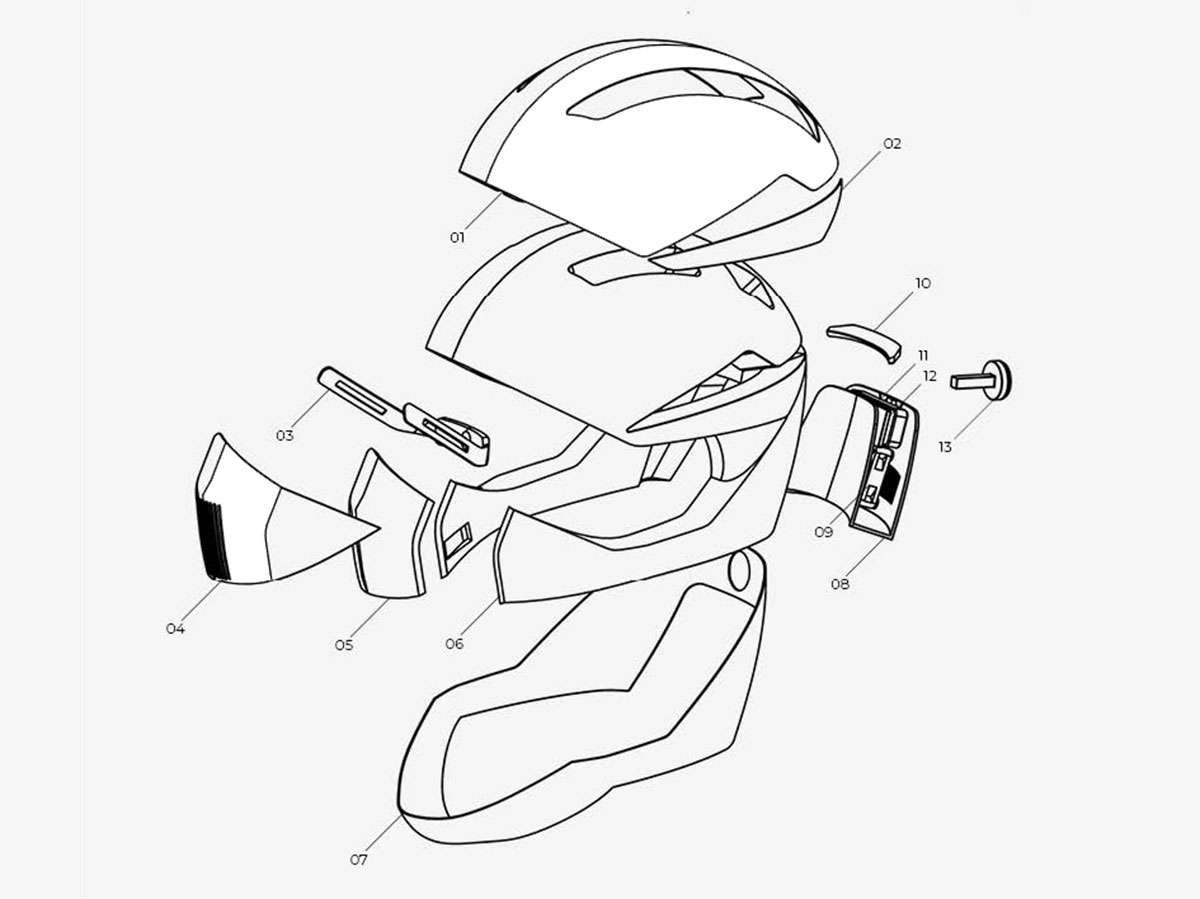
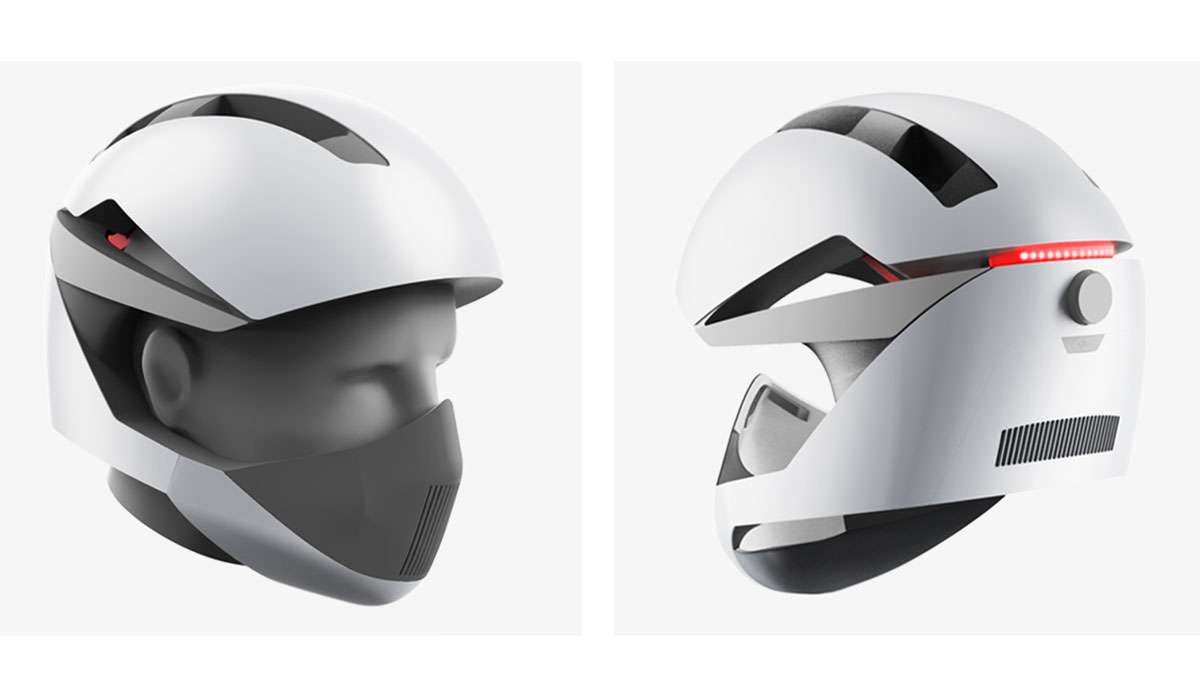
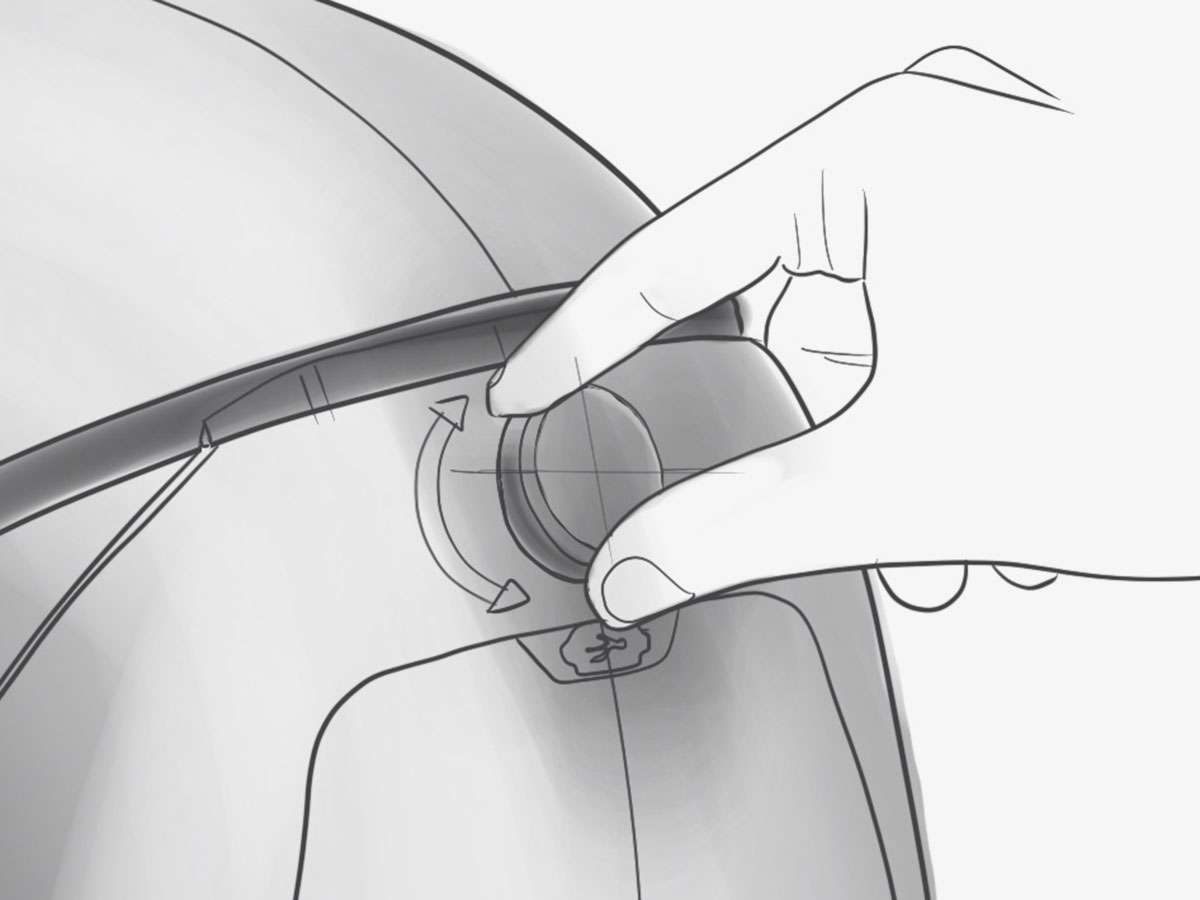
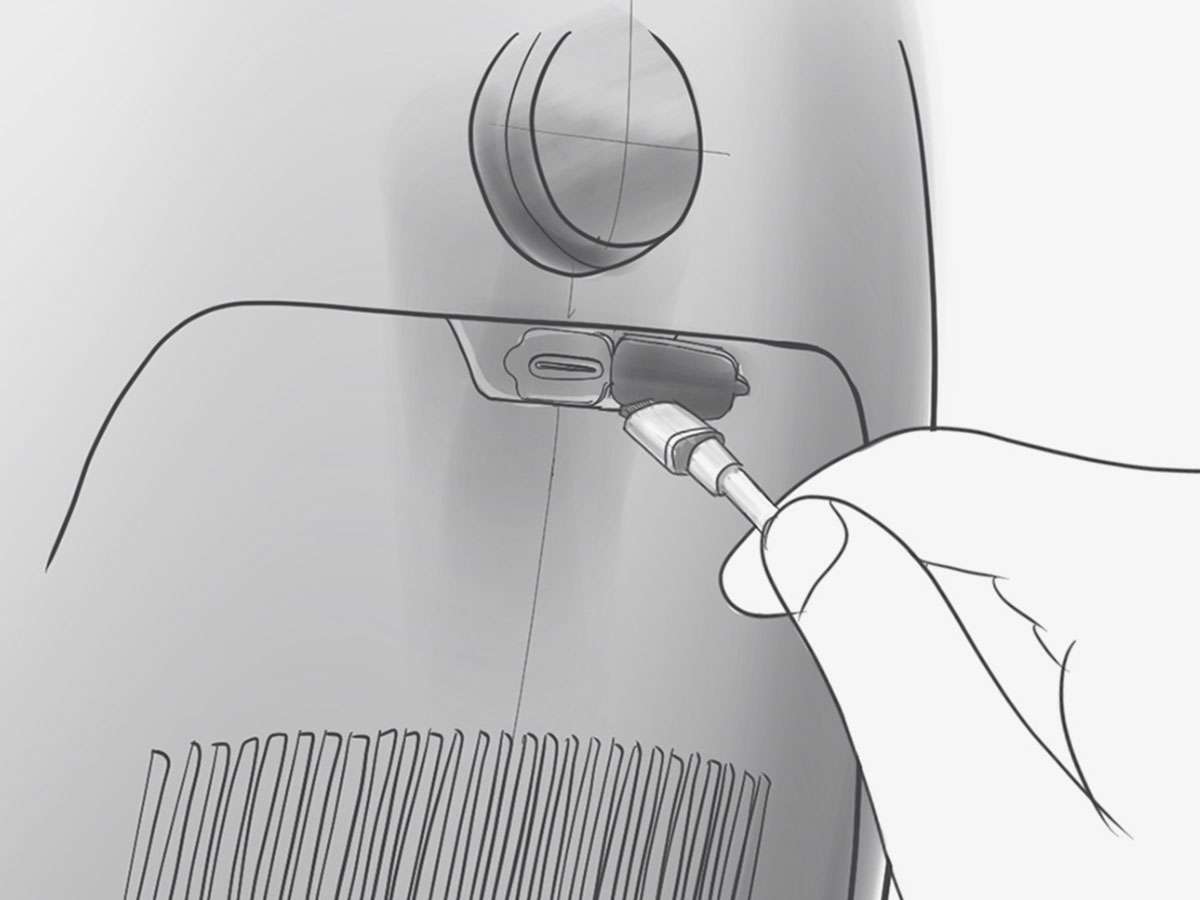

Users can adjust the fit of the helmet by rotating the dial which is at the rear of the helmet. This tightens the inner headband. The helmet will come in a range of sizes to fit the majority of users.
The helmet contains a 500mAh lithium battery, charged at the rear of the helmet. The port is covered with a silicon seal to achieve a high IP rating. Battery level will be displayed on an app.
Layered filters slide and clip into position using snap fits. Users can easily replace filters without releasing the captured particles. Users are notified through an app when to change the filters.
To enhance my CAD modelling skills, I chose the optional CAD module where I surface modelled an electric iron.
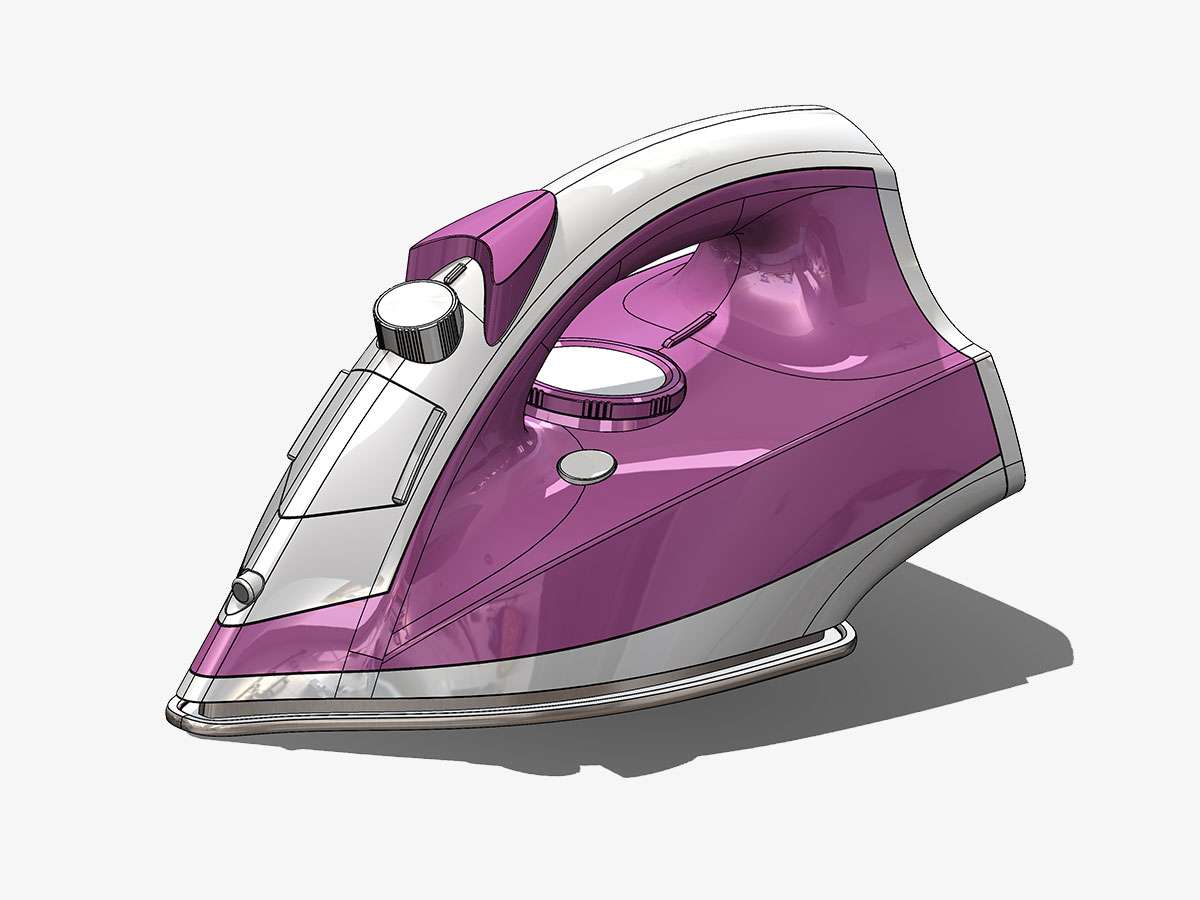
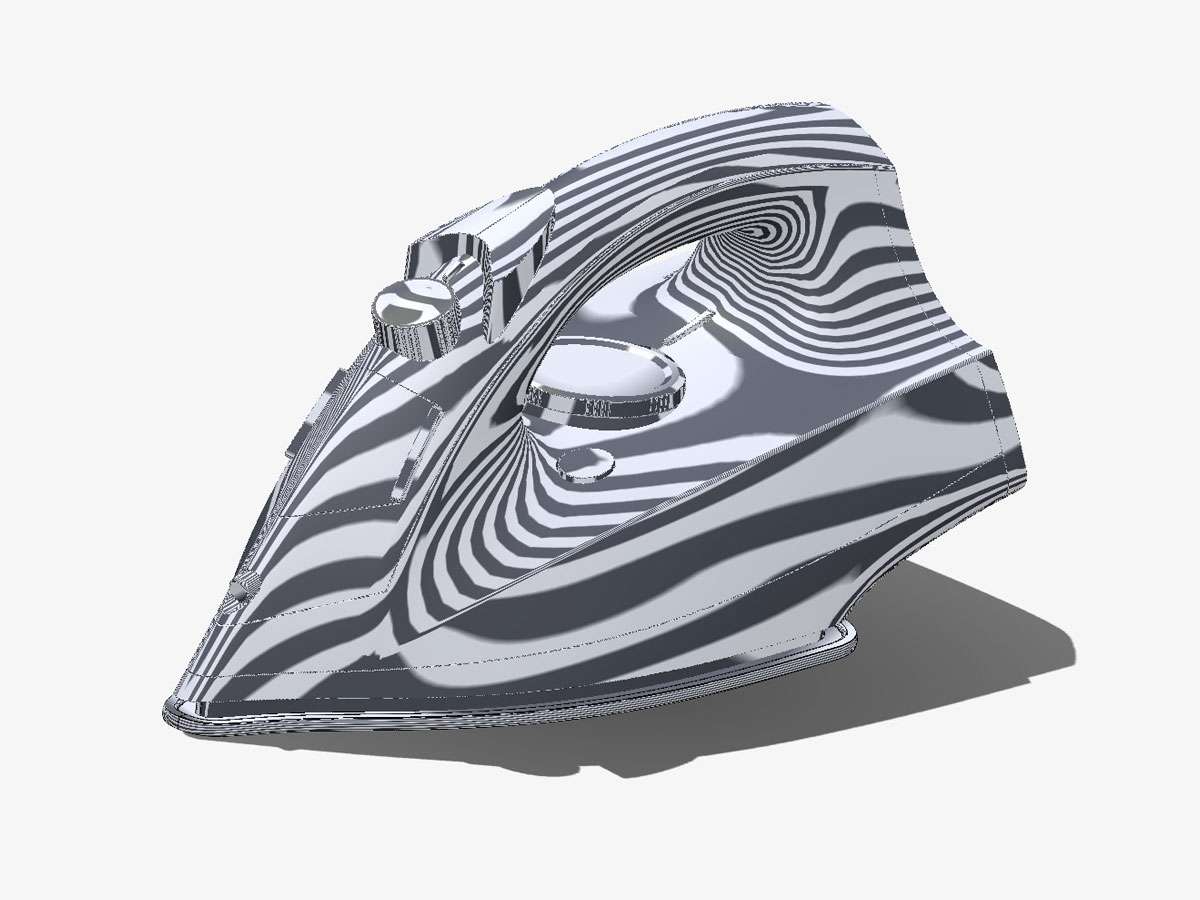
I spent 12 months at Smallfry where I was able to work on a variety of projects enhancing my skillset in primary/secondary research, mechanical design, styling, CAD, prototyping (functional and appearance models), 3D printing (FDM, SLA), Keyshot rendering and animating, product photography and editing, marketing (Instagram, WordPress website building), UI design using Figma, and presenting to clients.
While working at Smallfry, I also become a registered inventor.